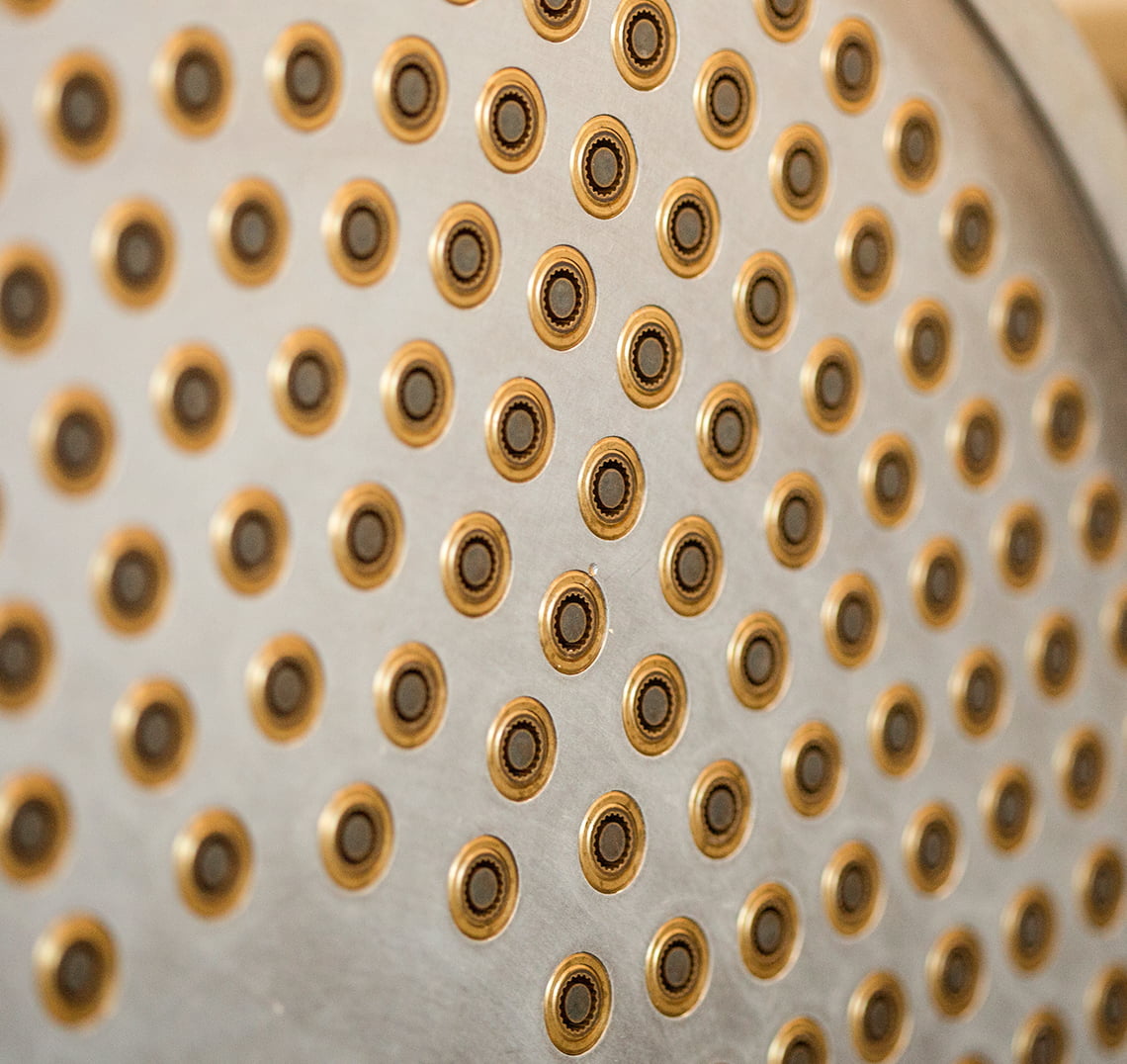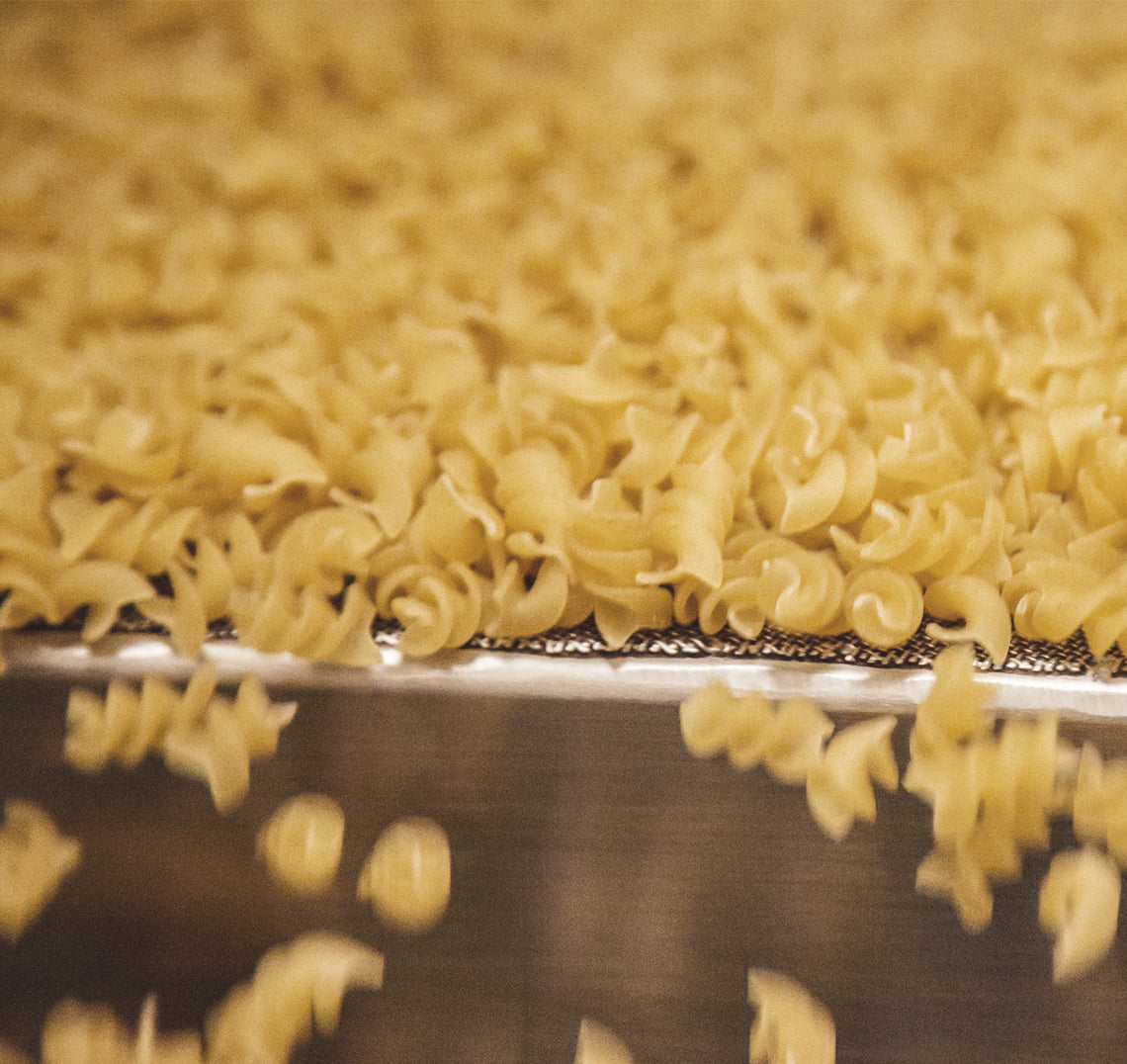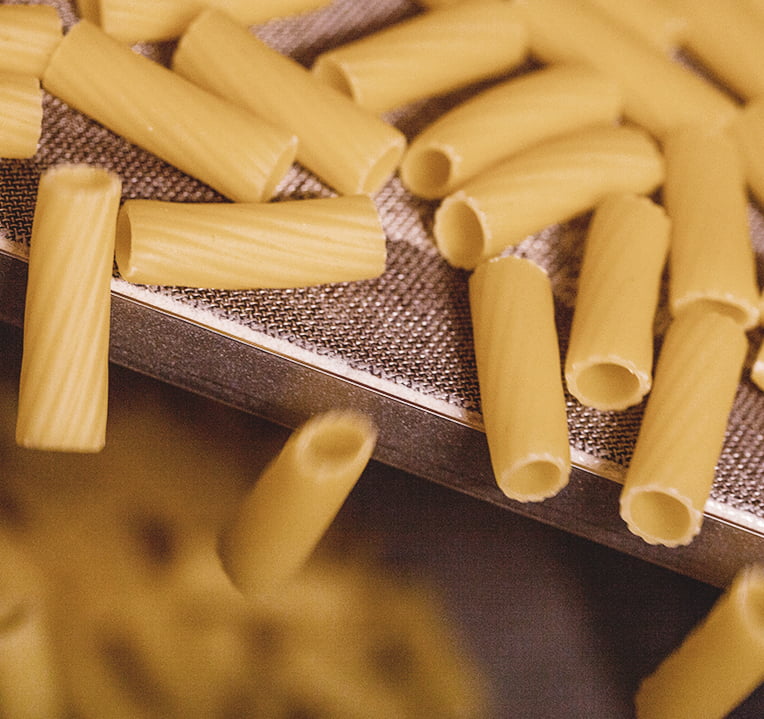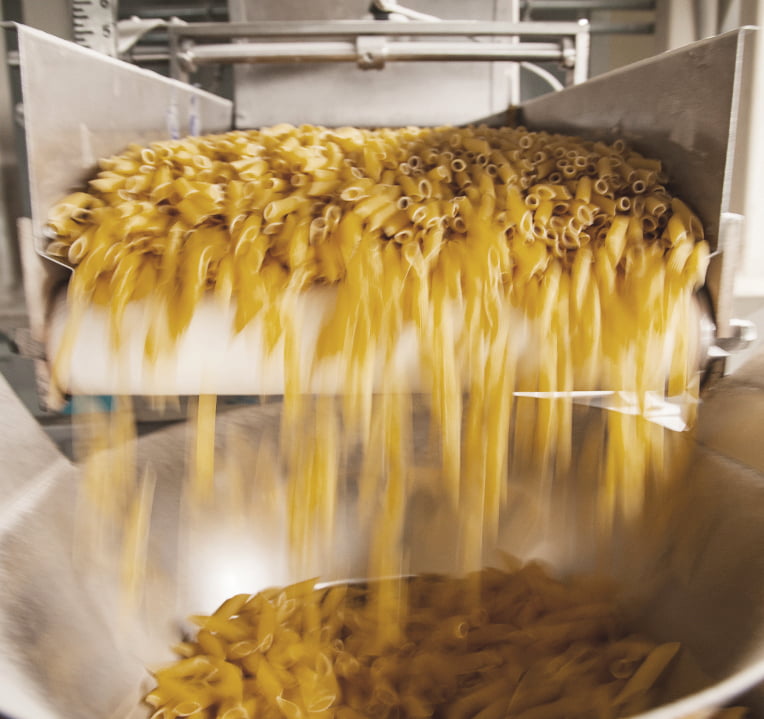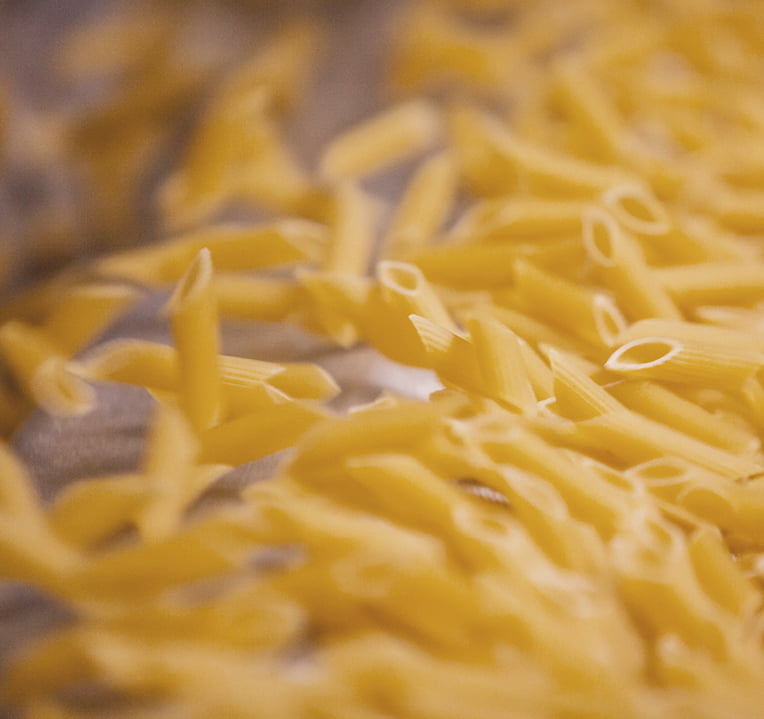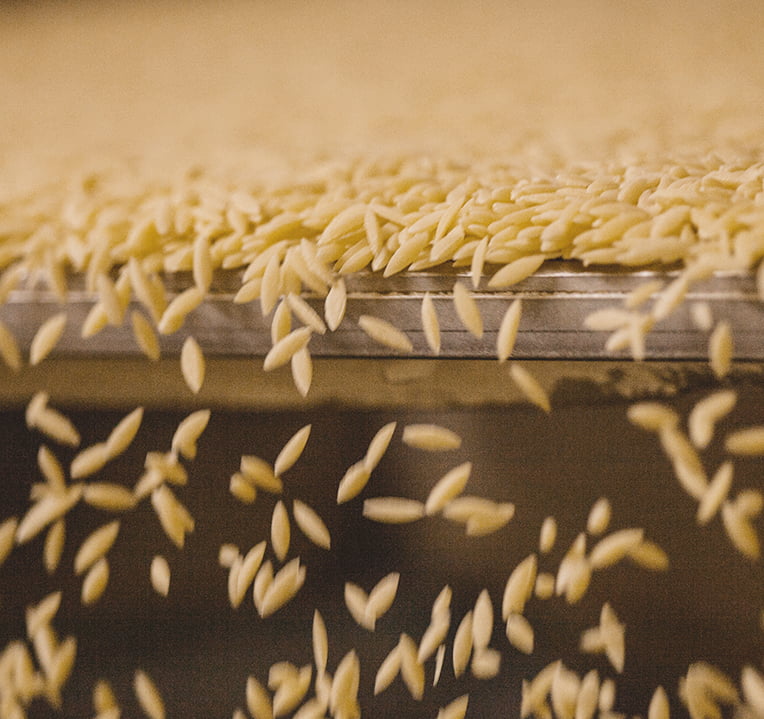PASTA, WHAT A PASSION
THE SECRET IS A SIMPLE RECIPE.
THE SIMPLICITY OF THE INGREDIENTS
Made of durum wheat semolina and water, dry pasta can be defined as “processed wheat” for the simplicity and naturalness of its ingredients. From a nutritional point of view, the essential components of pasta make it a type of food with a very low fat content, digestible, but at the same time ideal for those who carry out high-energy activities, either physical or mental.
Since pasta is never eaten alone, but it is combined with other ingredients or condiments, its nutritional value is further enhanced and improved through a process known as a “complementarisation”. This happens, for example, when pasta is combined with cheese, which provided milk proteins, or when it is served with meat sauce.
The result of these combinations is a complete meal, balanced in terms of calories deriving from the three energy nutrients (proteins, fats and carbohydrates), in accordance with the optimal proportions.
+
=
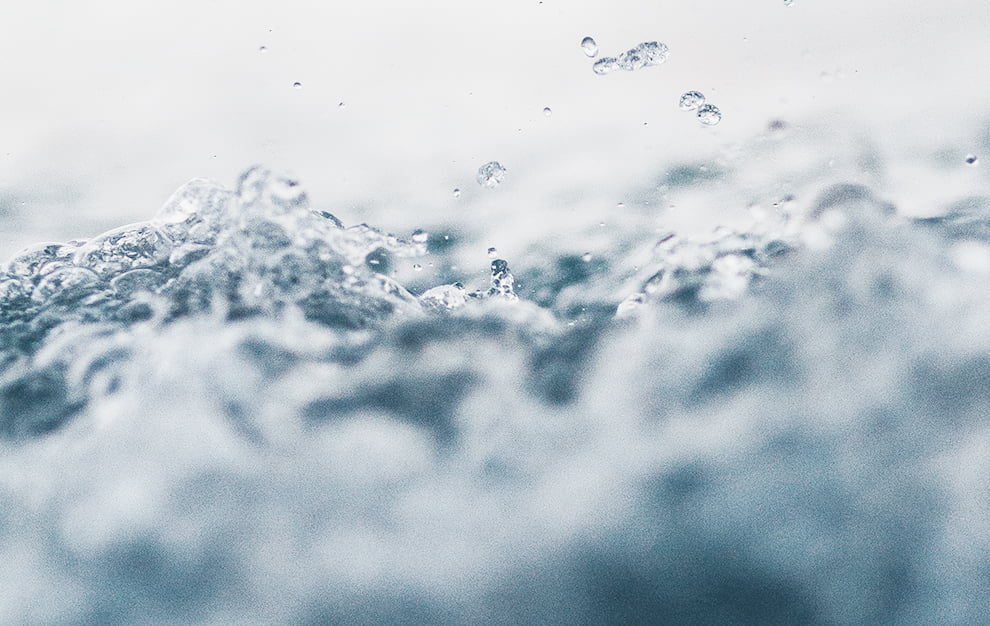
CAREFUL
SELECTION
For the production of quality pasta, the choice of the raw material, i.e. wheat, is essential.The quality of the pasta depends on the type of durum wheat and on the characteristics of the semolina and it is particularly affected by the protein content and quality (12-14%) and, above all, by the gluten content, which on average is equal to 80% of the total protein content.
Good semolina must have some essential characteristics:
- the “ash” content (mineral substances) must be below 0.90%;
- it must have an adequate quality and quantity of gluten (protein 12-14%);
- the grain size must be constant and suitable (>300 Microns) for optimal hydration during the kneading phase;
- it must be pure
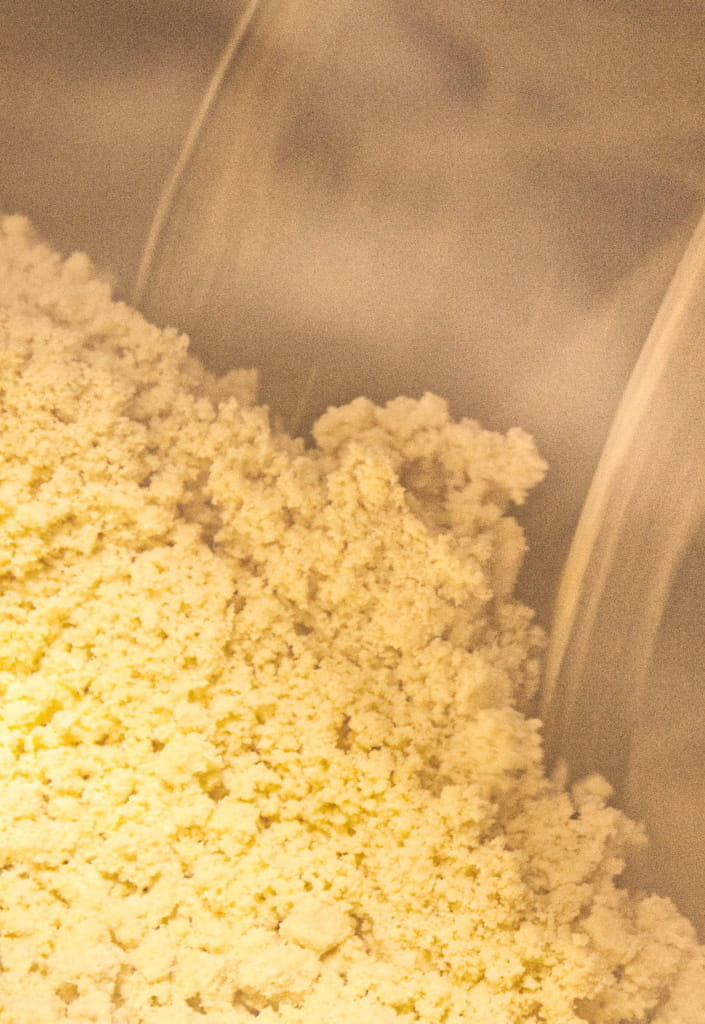
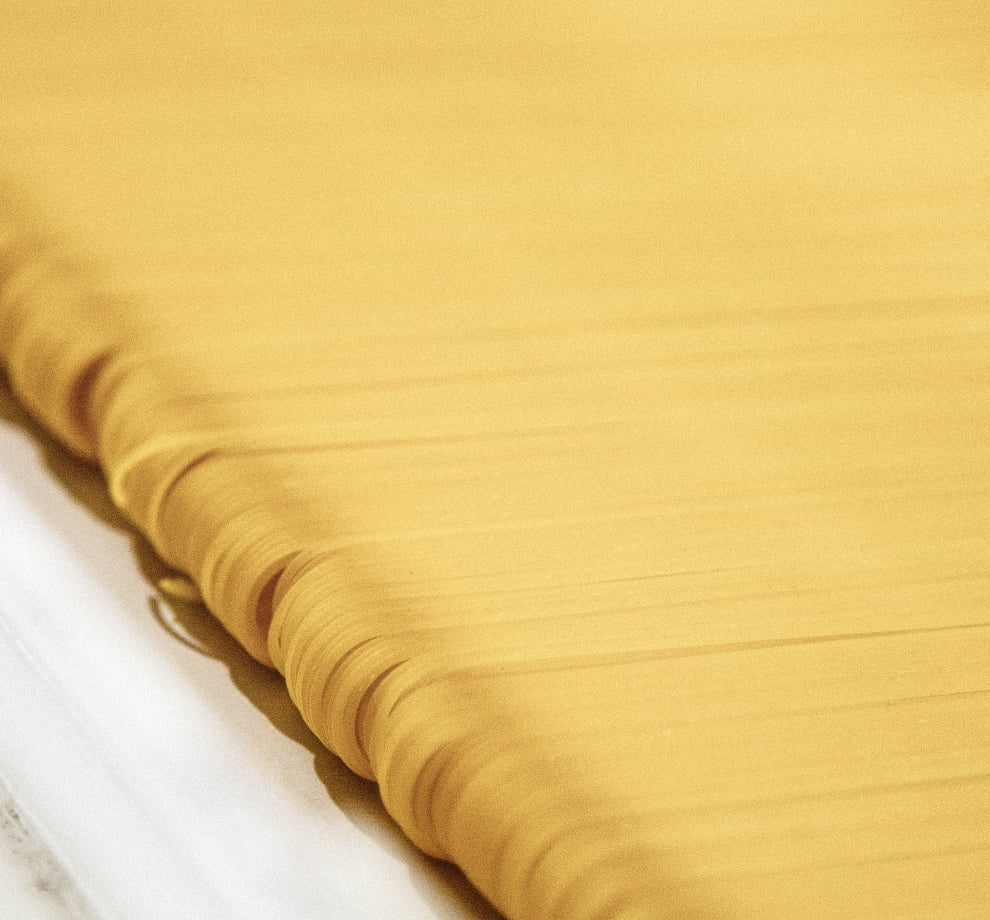
Starch and gluten are the main components of pasta. They are responsible for the transformations that occur during cooking, thus determining the final result and therefore the quality of the pasta. Starch is a carbohydrate that comprises about 60-70% of the grain of wheat. Gluten is a viscous, glue-like substance (from Latin gluten = glue), which is formed from the transformation of proteins when water is added to semolina and the kneading process starts. Gluten forms a more or less continuous and regular reticular skeleton in which starch granules act as filling particles. During cooking, these substances behave in exactly the opposite way: the starch tends to absorb water, swelling until it breaks and releases its contents into water; the gluten proteins, on the other hand, coagulate to form a very compact network that surrounds and retains the starch.
If the pasta is of poor quality, it tends to lose starch, which dissolves in the water. The result is sticky pasta with no “character” and cloudy, white cooking water.Instead, in the case of quality pasta, the gluten will prevent the starch from absorbing water, thus protecting the inner substance and therefore not only the taste of the pasta, but also its texture.
HOW CAN YOU RECOGNISE QUALITY PASTA?
UNCOOKED
- Uniformly smooth appearance without roughness
- Clear amber-yellow colour without dark spots and shadows
- Odourless
- A slight sweetish tinge when tasted uncooked
- Dry sound when broken and smooth and glassy fracture
- High protein content
COOKED
- Clear cooking water, without sediments
- Excellent cooking properties
- It does not flake or split apart
- Flavour: you can taste the wheat
